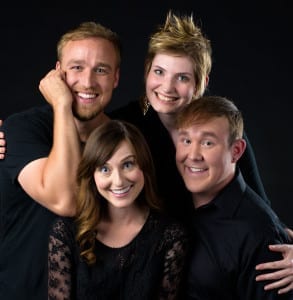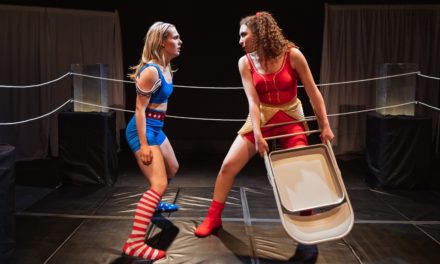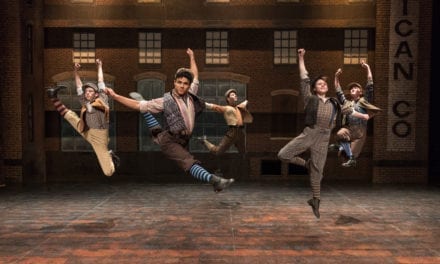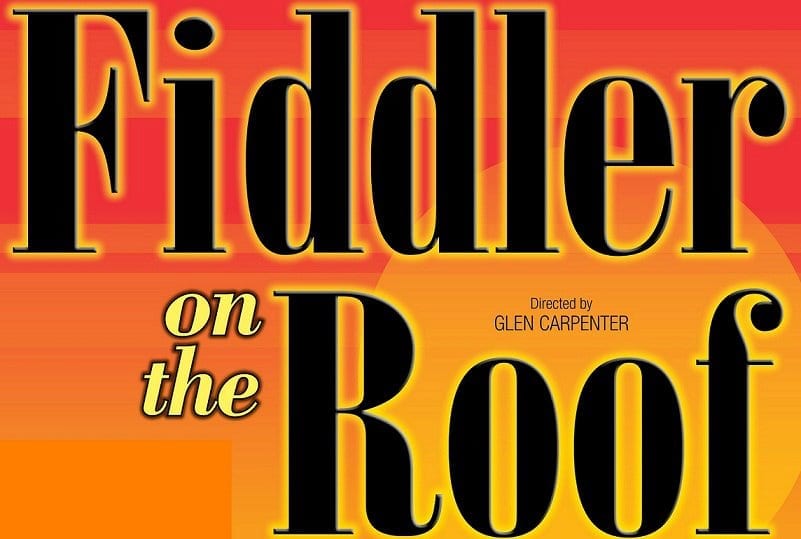PARK CITY — I recently had the opportunity to go see a stage version of Gertrude Chandler Warner’s The Boxcar Children at the Egyptian Theatre in Park City presented by The University of Utah Youth Theatre. Even though the show was designed for a much younger demographic than the one that I am in, I was still able to appreciate many aspects of the show. Not to mention that it took me back a few years to when I had the opportunity to perform a different adaptation of the book as a “Theatre for Young Audiences” touring piece.
Touring TYA shows are part of an interesting genre because many programs are starting to include more of an outreach element in its design. Meaning that when they travel to different schools, rather than just performing the play, the company will employ a teaching artist to work with the students and run workshops centered on the themes and ideas presented in the play. This helps the students to make connections between what they saw in the play and how they can apply those lessons to their own lives. Sometimes these workshops even become the focus of the event rather than the performance itself. That’s not necessarily a bad thing. While the UUYT production of The Boxcar Children did not have a workshop per se, I did feel that overall purpose of the performance was to introduce young audiences to the inner workings of theatre and to get them excited about being involved somehow in the future.
The evening started with a couple of announcements from two individuals. The first was the artistic director from the Egyptian Theatre who was thanking the sponsors, encouraging donations, etc. The second was Penny Caywood, the artistic director for UUYT, and she did something that I thought was wonderful; She took the time to introduce each of the techies to the audience, which comprised of mostly children. She made sure to point out where each person sat and what their responsibility was. I thought this was particularly interesting because it suddenly made the evening more about the show as a whole rather than just the plot or the acting.
Speaking of the technical elements, the show was absolutely gorgeous. It was much more technically involved than I would have expected for a touring children’s show. I particularly loved the sound design which featured soft southern folk music during scene transitions. Also the use of projections was very well done and helped to tell the story claerly. The lighting was spot on and really helped the director, Hugh Hanson, in creating multiple locations in one area with minimal set. The set was also designed quite well with the majority of the set pieces being wheeled in and out for to cut down time on scene changes. The reveal of the boxcar was quite effective and pretty neat.
However, this leads to what I think was one of the downfalls of the show: the number of scene changes and blackouts. I understand that the script made it impossible to avoid scene changes due to the almost vignette style of the Barbara Field’s original book. I just wish that more of the transitions would have left the lights up and moved a little more fluidly. This may sound like a nit-picky thing, but the show ran upwards of an hour and a half (a little long for a children’s show, in my opinion). When it’s already running a little long, each blackout will make it seem that much longer, especially when there’s no intermission.
Despite the length of the show there were some impressive performances from many of the actors, especially the four principle children (Emma Fox, Wyatt Pike, Emily Terran, and Ben Myers). These kids did very well at commanding the stage and were pretty good at showing a family connection between the characters, which is a difficult thing to do. The audience particularly loved Benny, played by Ben Myers, who is a second grader and was making his debut on stage. He had the audience by the heartstrings and was also great with his comedic timing. It was really fun to watch the four kids interacting and you could see the connection they had developed in rehearsals. I think one of the most beautiful moments was when the four kids talked to the heavens to reach their deceased parents. It was touching and well done by the young performers.
The acting and the style of the show itself was a little confusing at times. Some of the characters were played in a very realistic and natural way while others were played more as caricatures, a little more over the top in movement and voice. I’m not sure if this was due to the fact that some actors needed to play multiple characters and had to distinguish them somehow (note: the costume quick changes were quite well done) or whether it was to try and appeal to the younger audience. For the most part the characters were over the top if they were a bad character or were treating the kids badly, and the “real” characters were the good people. Sometimes there was even a sort of shift in how a character was played based on the progression of the plot, going from an over-the-top style down to a real style when the character had a change of heart, etc.
Overall, the show had its fair share of flaws. It was fun to see, but not amazing. However, it was effective. If we are looking at the purpose of the show being its introduction of theatre to a younger generation, it did its job well. During the talkback session with the cast, almost every question came from a young person and had to do with what the process was like. The most striking thing was the number of questions about when auditions were and what would be expected. I think there is a good number of that audience that will try to be in a play sometime in the next couple of years. That enthusiasm may very well have been sparked by seeing this one play. And all in all, isn’t that part of what theater is all about?




